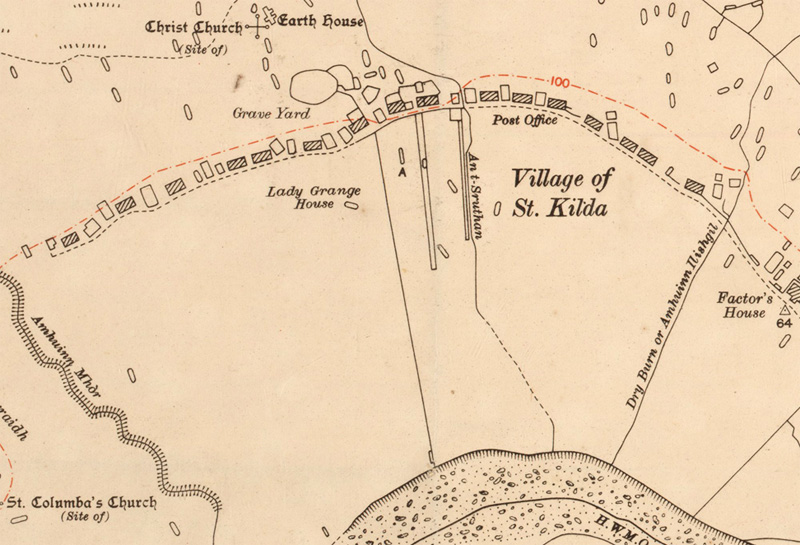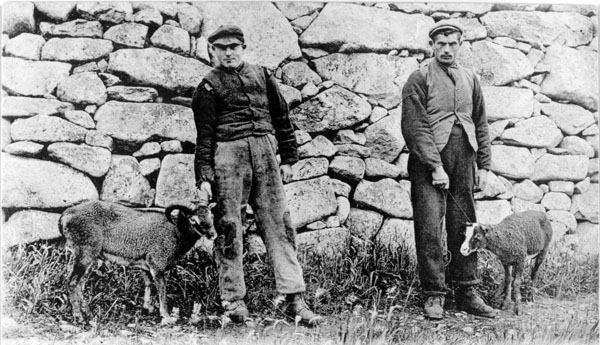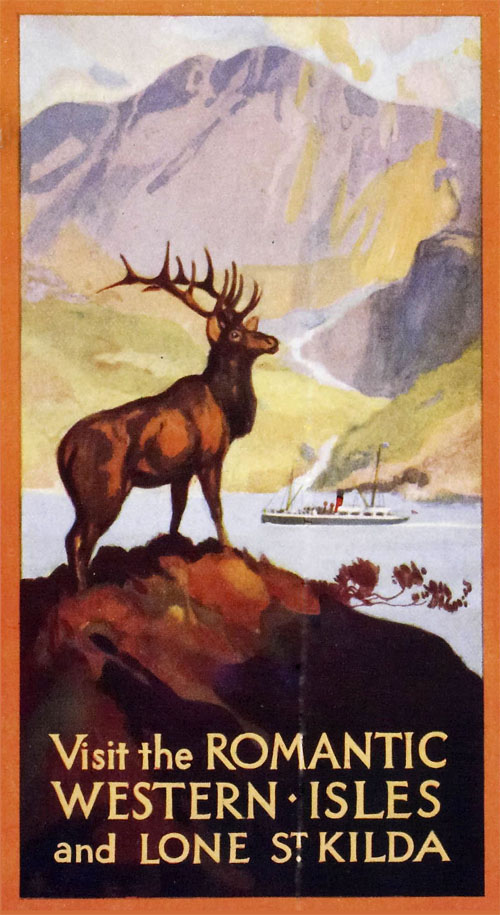
*Contains no spoilers
Born and brought up in Sweden, Karin Altenberg moved to Britain to study in 1996. She holds a PhD in Archaeology and is currently senior advisor to the Swedish National Heritage Board and a Fellow of the Linnean Society of London.
Island of Wings is her first novel. It’s the dazzling and evocative fictional story (that is loosely based on fact) of a Church of Scotland missionary Neil MacKenzie and his wife Lizzie. Set in the early 19th Century, it’s a riveting tale about how remote communities band together in the face of adversity and extreme environments.
The book opens as Neil and Lizzie set forth on the island of Hirta. Which is part of a tiny, turbulent array of islands in the Outer Hebrides with soaring cliffs and where the rugged inhabitants of the island – the St Kildans live. They are Gaelic speaking and the descendents of Norsemen who have been holding fast to the old ways since arriving in the islands in the Iron Age, some 4,000 to 5,000 years earlier.
We roam all over St Kilda through the eyes of both Neil and Lizzie. Although the two are married, their perspectives on island life couldn’t be more different. The two sassenachs (foreigners) on the island are trapped in their own isolation and have to navigate through the trials of their early marriage in an isolating, wild, superstitious and unpredictable landscape.

St Kilda in real life
Until a severe famine in 1930 forced them onto the mainland of Scotland, the St Kildans lived undisturbed on the island of Hirta, the only inhabited island in St Kilda. There they subsisted in prehistoric sunken dwellings and used the droppings and carcasses of their animals as insulation in the flooring and walls of their huts. People in the village came to a common consensus about issues to resolve disputes among themselves with no law and order required. They lived off the bounty of the sky-skimming mountainous islands, picking off birds and using them for their fat, feathers and flesh for everything from clothes, to food, to heating to housing insulation.
Back to the novel
In this untamed place, the pious and somewhat irritating character of Neil comes into supreme missionary zeal. Neil longs to bring these ‘primitive savages’ of St Kilda back towards modernity through a Christian god. He appoints himself as their shepherd. Although for Neil, the people of St Kilda are poverty-stricken, lowly and savage souls who are beyond redemption. And for his wife Lizzie, she sees their pained and resilient humanity and their immense intelligence and agility in taming their natural wilderness.
This is a book about the raw majesty of St Kilda as a place, and about the spirit, community bonds and resilience of its people. But it’s also a tragic tale about the devastation of colonialism and 19th century morality.
If anything, Island of Wings stokes the embers of imagination about St Kilda, as a mythical and lonely place, making the dreamy appeal of this place even more poignantly realised.
In saying that though. I have since done my research. The character of Neil MacKenzie is actually based on a real missionary and his legacy (at least according to the National Records of Scotland) is largely positive.
Between 1830 and 1844, the missionary and teacher on St Kilda was Neil Mackenzie. Under his care, the islanders became ardent church-goers, attending church daily (except for Monday and Saturday) and twice on Sunday. Attendance at every service was compulsory for everyone over the age of 2 years (unless sick). He also made strenuous efforts to help his people to improve their living conditions, introducing the idea of legs to raise tables from the floor and walls to keep livestock away from crops. The minister remained apart from the people and, as he was the only English speaker, they depended on him to enable them to communicate with the outside world.

The beauty of this book by Karin Altenberg is that it’s a glimpse into the more nuanced and emotional landscape of Lizzie and Neil Mackenzie and how they managed to navigate through a tough, grimy and hopeless existence at the edge of the world. It brings alive these two people in ways never possible through historical records alone.
Characters in this novel are expertly crafted and draw you in like a long lamplight in the gloaming. Despite the miseries and the hardships of the St Kildans, Neil and Lizzie, there is a warmth, beauty and magic to this novel. Through the novel, the strong and vivid descriptions of the landscape and dynamic and turbulent beauty of this wild place will stay with you forever. If anything, Island of Wings stokes the embers of imagination about St Kilda, as a mythical and lonely place, making the dreamy appeal of this place even more poignantly realised.



